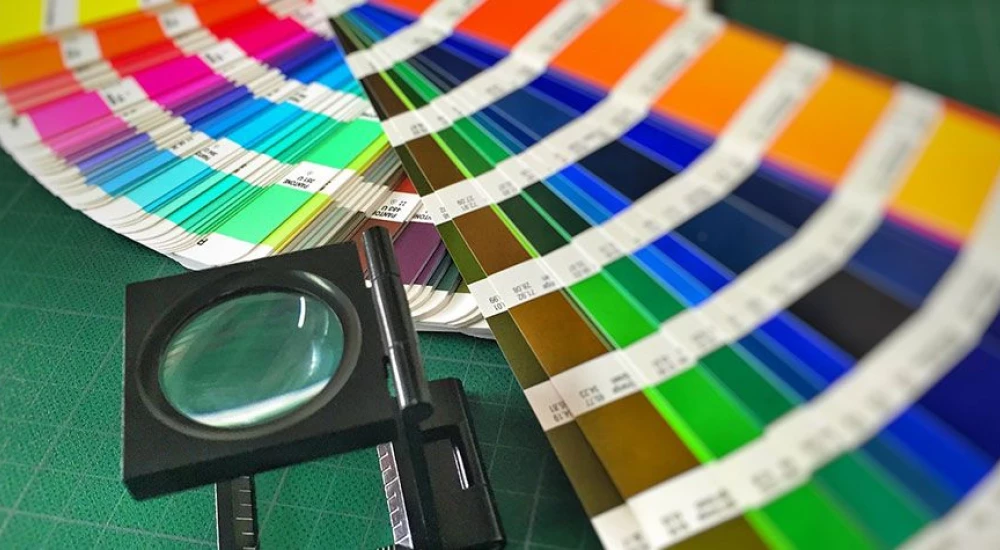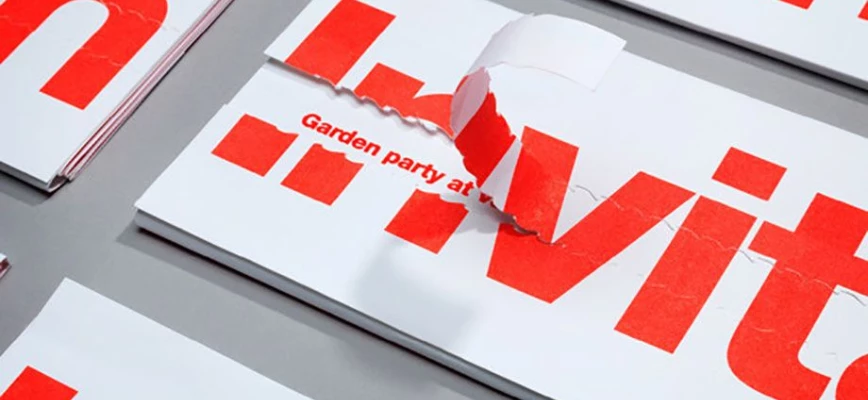How to reduce direct mail costs
1. Fine-tune your direct mailing list
Evidently, sending your direct mail to incorrect or non-existing addresses is a waste of money. Fine-tune your direct mailing list at least twice a year to keep it uncluttered (you can always contact a third party to take care of this for you).
2. Discuss direct mail costs with your print provider
If anyone knows how to keep your direct mail budget in check, it’s your print provider. Talk to them and ask about:
Offset versus digital printing: as setup costs for offset printing are significantly higher than is the case with digital, offset is not a budget-friendly choice for quantities below 10,000. If you want more than 10,000 prints, offset is the way to go – provided there is no variable printing involved and your print quality demands don’t exceed what offset is capable of.
Combining offset and digital printing: the thing with direct mail these days is that personalization, and hence variable data printing, is key. Consequently, many direct mail print providers offer a combination of both offset and digital printing, where the mail is preprinted in offset after which a digital printing press fills in the gaps, e.g. the recipients’ addresses, in a separate process. However, when your digital printing press produces offset quality – like the Xeikon SX20000 does – there is no need for a separate process for short to medium runs: you can print high-quality, high-coverage images and ultra-sharp text all together in one pass.
Good to know: The Xeikon X-800 can handle the most complex of variable data jobs with the greatest of ease. What’s more, Xeikon presses can be equipped with a pre-printed stock sensor to ensure variable data is printed exactly where it should be.
3. Know that postage costs are in the detail
There are numerous post service providers out there, not to mention the various mailing options you’ll get to choose from. So contact several providers and don’t be afraid to ask for the best deal. While not all post service providers adhere to the same rules and regulations, these pointers to keep your direct mail’s postage costs in check apply to most of them:
Your direct mail’s size matters …
Postage costs are usually calculated based on the weight and size of each individual piece. Evidently, a letter-sized direct mail is the least expensive to send. Also good to know is that most postal providers consider anything above 50 grams non-standard.
… as does its content
If you’re using your country’s national post office’s direct mailing service, chances are your postage costs partly depend on the content of your mailing: if the mailing is of a non-commercial nature, you’ll pay less. Don’t hesitate to have the post office pre-validate your direct mail to make sure which rules apply, as there is kind of a gray area between what is considered commercial and what is not.
Pick the right paper stock
Remember when we discussed paper stock for direct mail? In case you decided to opt for textured paper, make sure it doesn’t compromise the readability of the barcode your post service provider will need to scan. Illegible barcodes mean you’ll face extra charges.
If possible, presort
A lot of print service providers offer a discount if you presort your direct mail. This is where intelligent mail barcodes come in handy, but of course you can also sort your direct mailings by ZIP code and deliver them to the respective distribution centers yourself.



